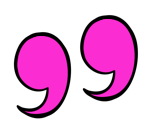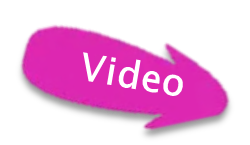BOOK LESS
Language Activities
Birth to 12 months and beyond
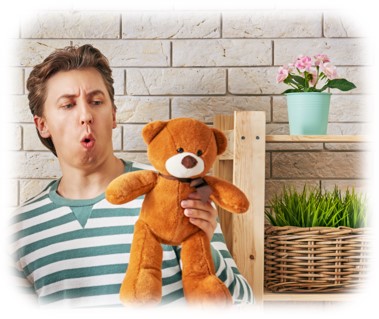
April 12, 2024
Oral language is major part of the early book experience for the baby. Speaking the printed words aloud teaches new vocabulary and helps them to learn story parts and MORE. However, one can take a brief pause from “the thing-book” by providing other language experiences by using: storytelling or reporting out, photo collections, family outings and environmental print. These activities will boost a baby’s language development.
Story telling
Storytelling uses words and actions to engage the listener’s imagination The baby loves to hear your voice, take advantage of this by becoming a storyteller. There are a few decisions one must make before starting. Will it be an: original story or a retelling of a popular story AND should it be presented with or without props. One can invent a short story that includes familiar characters ( Winnie the Pooh etc.) or create an original story with a complete set of new characters. A simple story has a beginning, middle and end, usually includes within it -- a problem and a solution .Retelling a favorite children’s story (Three Little Pigs) can be enjoyable, too. None of these stories need to be long, think of them as being told in a condensed version. Remember the listener will remind the storyteller when time is nearly up. Watch for those signals and wind it up quickly with a smile.
Reporting Out
This is in a more informative method — Just the Facts! Telling it like it is and providing information about a person/animal, place or thing.
These first two language activities can be aided by props to represent the characters or the main topic in the story/report. Puppets, stuffed animals, photos or other items can help the baby visually enjoy the presentation. It’s interesting to know that scientists at Royal Holloway, University of London found that “babies begin to learn about the connection between pictures and real objects by the time they are nine-months old”.
Storytelling -- Sample
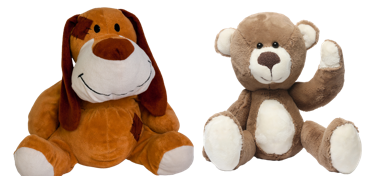
Charlie the brown dog with floppy ears lives in the country. One day he decides to go to the store. On the way he meets his friend Fred., the bear. “Hi, Fred. I’m going for a walk. Do you want to join me?” asked Charlie. “That sounds like fun. Let’s go.” replied Fred. Off they go down the road together, talking as they go. Suddenly, they find themselves unsure of where the road is going and are very hungry, too. Charlie shared, “ I’m not sure where we are? Fred answered, “I think if we just keep walking there’s some stores up ahead.” Finally, a big sign appears on the side of road that says, “Sandwich Shop”. They soon see the shop and buy some delicious sandwiches. Off they go to have a picnic. Oh, what a happy day!
(Hold up stuffed animals—dog and bear throughout story.) During this activity, the storyteller could hold the stuffed animals and move each animal as if they were talking back and forth to each other.
Puppets are another favorite way to present an engaging story. Before telling the story introduce the characters to the listener. This will help them to accept the props used during storytelling.
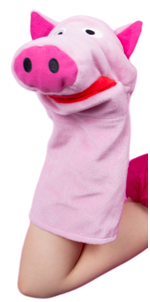
Reporting Out -- Sample
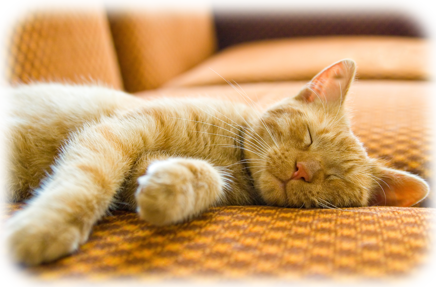

This is Charlie the orange cat. He likes to sleep on the soft couch. He says, meow when he wakes up. “Meow, Meow”, says Charlie. It’s time to feed me. Charlie the cat loves his food. Back to sleep he will go with a full tummy. (Hold up photos of orange cat sleeping and eating.)
A photo always helps a baby to understand what is being reported out. This style of reporting out is usually factual information. Oh, if a cat is part of your family, one can just share his movements or in some cases non-movements.
These other three language activities help the baby learn about themself, their family and surroundings. They are foundational building blocks for language development.
Photo Collections
A photo collection may capture precious moments in a baby’s life or contain
photos of things that interest the baby---family members, pets, etc.
These photos can be saved in a memory book and/or stored in computers/mobile
devices to be shown to the baby. One can share information about the
photos by describing what’s happening: when, where, etc. For example: retell what
was seen and done on a family stroll in the park using key photos. These photos
can be kept individually or put together in a book. In the beginning one
does not need to label the photos, later short sentences may be added under
the photos. This is an engaging activity that will bring language alive for the baby.
These continual exchanges build vocabulary and strengthen the meaning maker-- the brain.
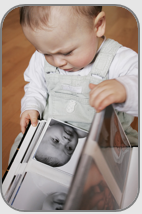
Family Outings
Language learning experiences occur when taking a baby outside the home. It’s a perfect time to provide detailed information, for example, talking about food at the grocery store or clothes at a favorite clothing shop.
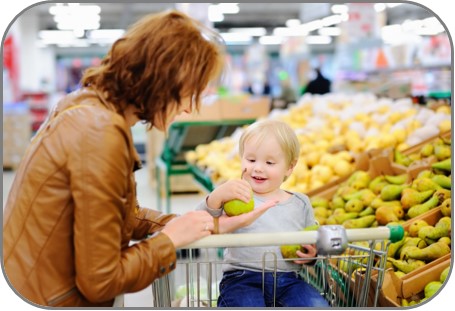
Mom - “ Look at this pear. It’s smooth on the outside. I think I’ll put 5 pears in the cart to take home — 1 2 3 4 5.” Baby - “Oooh”!

Dad - “Sarah gets a new dress today. This dress is green.”
Baby – “ba ba ba.”
Environmental Print
Environmental print is all around us. It contributes to a child’s print awareness, and leads to an understanding that letters, words have meaning. A baby sees signs when riding in a car going here and there. They may not know how to say the word verbally, but they are beginning to associate the visual image with an idea. The big arch with letter M means food. The funny red sign means the car will STOP. As a parent take this opportunity to say something that connects their life to the words on the sign. One might say, “Look, do you see the big yellow M? We’re going to park the car and get some Yummy-hamburgers at McDonalds today."

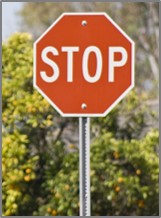
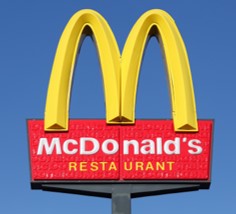
Environmental print can be found on signs and logos everywhere It’s not necessary to say ALL the names of every sign one sees. Select ones that are meaningful and are associated with the baby’s life.
Environmental print is inside everyone’s home, too. The kitchen offers a wide variety. Yes, it is true a baby may not be eating some of the same foods as an adult yet. However, they do see the containers and begin to recognize how the items are labeled and used. One might hold the milk up and say, “I’m going to put some milk on my cereal today. I love milk.”
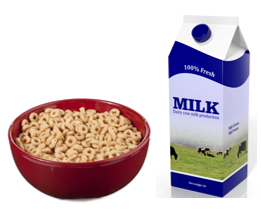
NOTE: The topic of environmental print will be discussed in more detail in the section about young children from the ages of one to three.
Reading Time is an on-going activity and arises throughout the day. It’s not just found in “the thing – book”. Enjoy the fun as your baby experiences language and print everywhere.
Happy Days to you,
Kylene

“Reading is to the mind what exercise is to the body.”
Joseph Addison, author
